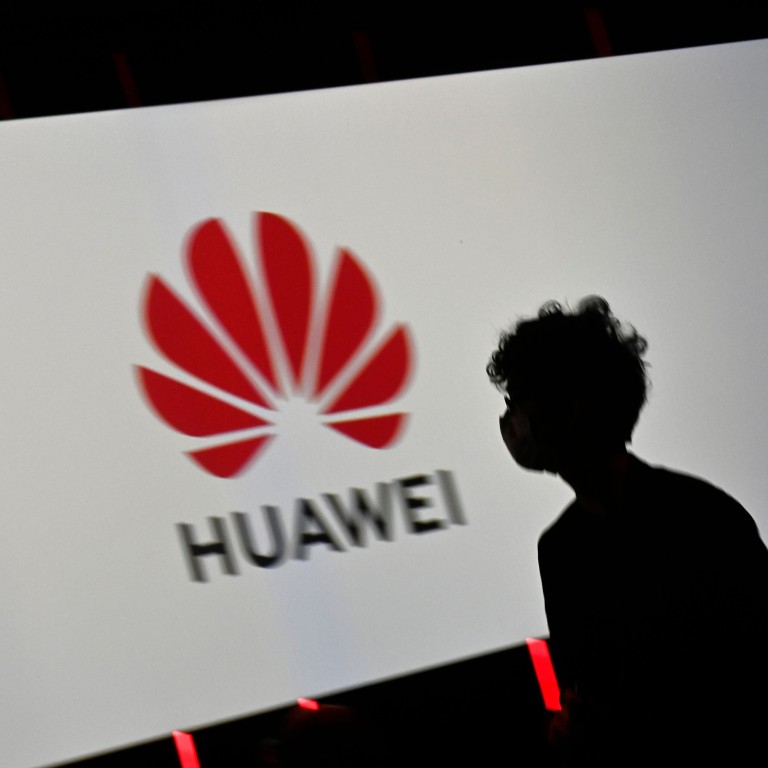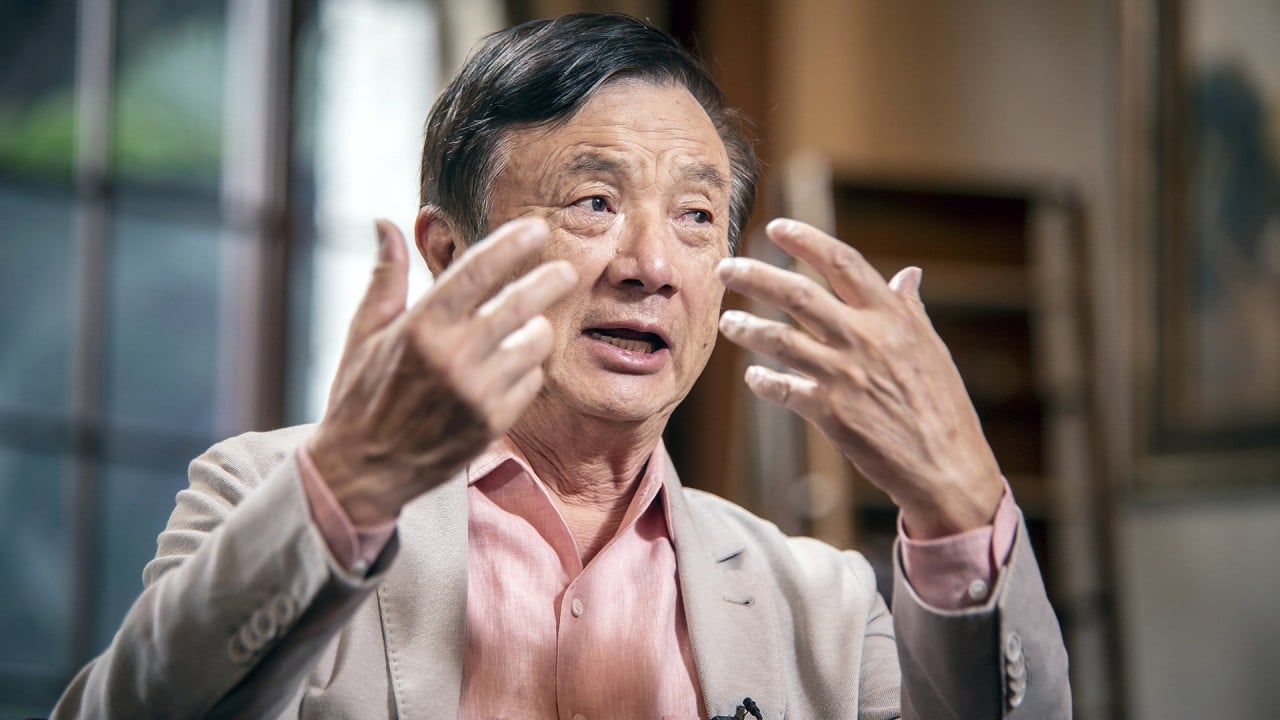
Huawei seeks to raise fresh funds from employees amid US trade sanctions
- The world’s largest telecommunications equipment vendor adopted a new rule on profit dividends that allows its employees to buy virtual shares worth 25 per cent of their income from the past five years
- Each virtual share was valued at 7.85 yuan in 2019, representing a 45 per cent increase from 5.42 yuan in 2010
Huawei Technologies is trying to raise funds from its employees, as China’s largest tech company struggles with the impact of US trade sanctions, according to three people familiar with the matter.
Earlier this year, the world’s largest telecommunications equipment vendor adopted a new rule on profit dividends that allows its employees to buy virtual shares worth 25 per cent of their income from the past five years, the people said. Employees who have worked for more than five years are eligible for the new scheme, according to the people, who asked to remain anonymous because the information is not public.
By letting staff share Huawei’s stock and profit, Ren Zhengfei instils kinship and unleashes telecoms giant’s ‘wolf culture’
By relaxing its policy on buying virtual shares, Huawei has found a means to raise fresh funding for its research and development initiatives, according to two of the people familiar. The scheme also helps the company retain talent amid its current difficulties, they said.
Pricing for the shares under this scheme is based on Huawei’s asset value per share from the preceding year.
Each virtual share was valued at 7.85 yuan in 2019, representing a 45 per cent increase from 5.42 yuan in 2010, according to company data.
The shares cannot be traded among staff, but can be sold back to the union, according to the company rules. Retired employees also own stakes, but those who leave Huawei’s employment must sell their shares back if they have worked at the company for less than eight years.

03:19
Huawei’s Ren Zhengfei says he drew on the best of US politics and business to found telecoms giant
Huawei’s research and development budget totalled 131.7 billion yuan (US$19.2 billion), or 15.3 per cent of its total revenue, in 2019. That ranked the company’s research and development spending as the fifth-biggest worldwide last year in the tech industry.
That investment helped Huawei amass 16,243 global patents, giving it a haul of more than 85,000 patents in various cutting-edge technologies, from materials to telecoms transmission standards.
Short on equity capital and without access to loans from state-owned banks that favoured other government-backed companies, Ren paid employees in his budding company with stock, in lieu of salaries and bonuses. Managers recommend the amount of shares their team members were entitled to as part of their pay, based on performance.


